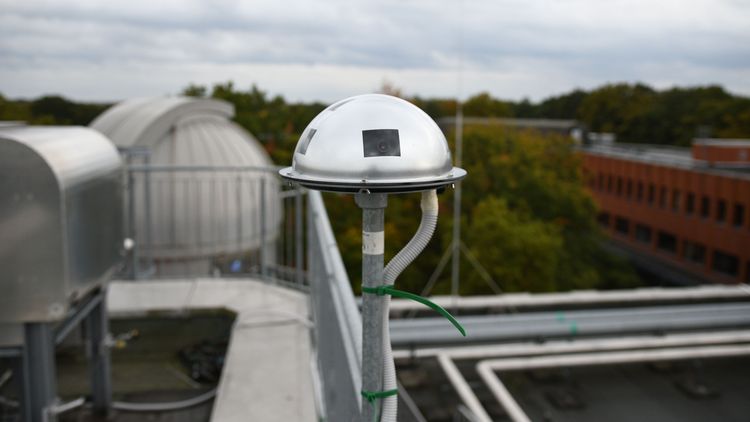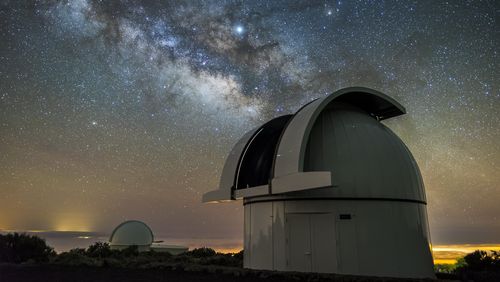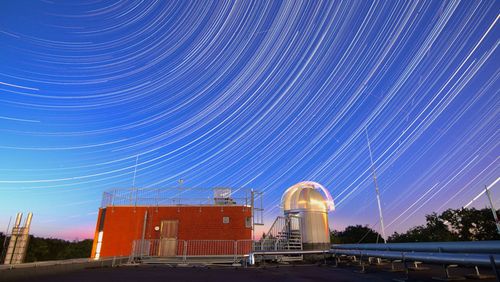The dark time of year has begun. However, where is it still really dark? An international research project in which the University of Oldenburg is involved is setting up a transnational monitoring network to survey the light pollution along the North Sea coast.
Nocturnal light pollution has a wide range of negative consequences for the environment. For example, it disrupts the day-night rhythms of animals and plants, interferes with migratory birds' navigation, and leads insects astray. A new project involving the University of Oldenburg is now setting up a monitoring system to track light pollution along the German, Dutch and Danish coasts of the North Sea. The "Keep it Dark" (KID) project is led by the University of Groningen (Netherlands). In addition to the University of Oldenburg with the research group Medical Radiation Physics headed by Prof. Dr Björn Poppe, the University of Aarhus (Denmark) is also participating. The European Interreg program "North Sea" is funding the project with a total of almost 280,000 euros, including 120,000 euros for the University of Oldenburg.
The project aims to identify suitable instruments to measure the brightness of the sky. Then, a transnational monitoring network will be set up to characterize and permanently survey the light pollution in the North Sea. "It is still comparatively dark at night in the Wadden Sea region, but new harbors and industrial areas with their illumination are increasingly affecting the World Natural Heritage Site," says Poppe, a radiation physicist from Oldenburg.
A new mission for sky cameras
The University of Groningen is already engaged in a project that seeks to protect the darkness in the Dutch part of the Wadden Sea. To do this, the researchers are operating equipment to assess the brightness of the sky. The researchers from Aarhus University are experts in measuring site-specific light pollution during astronomical observations, and the group from Oldenburg operates several so-called allsky cameras.
These systems are usually used to observe meteors, but can also measure the brightness of the sky. "We all know that light does not stop at the border between two countries, so we are pleased to be building a network to measure light pollution together," Poppe emphasizes. The universities of Oldenburg and Groningen are linked by a close strategic partnership that has existed for more than 40 years.



